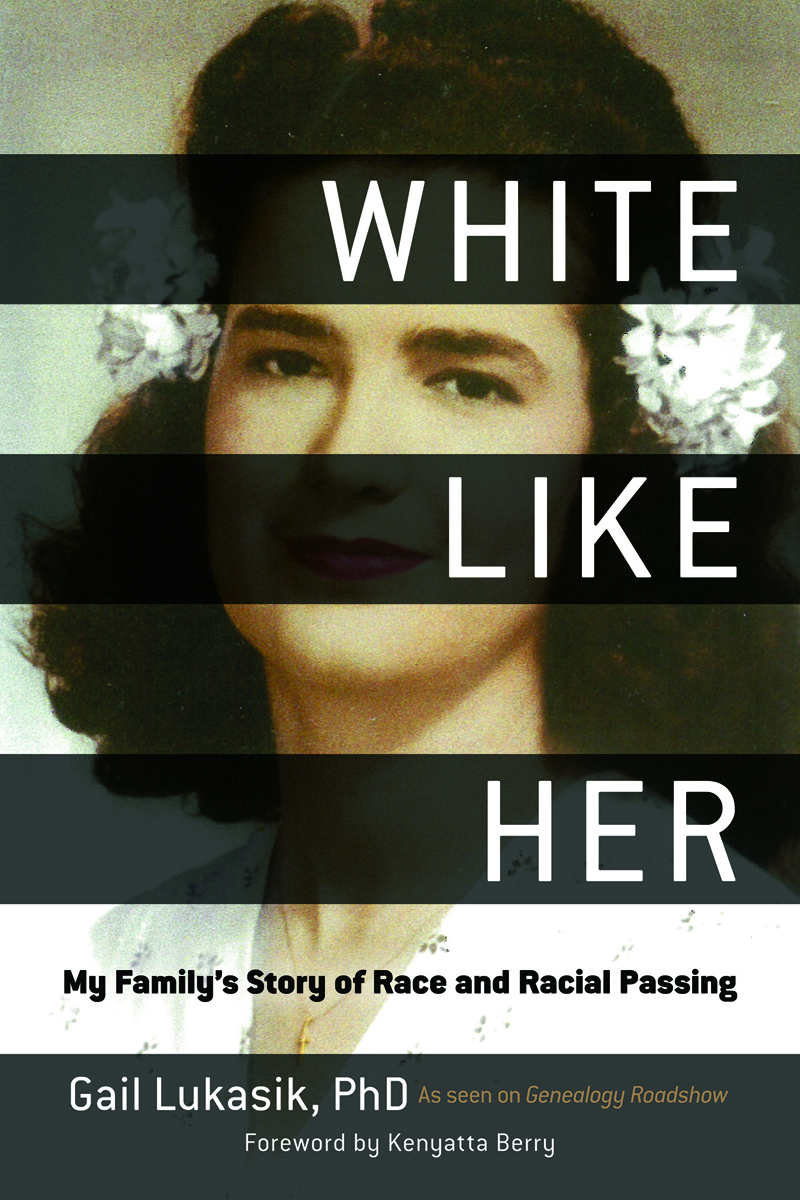
Gail Lukasik/SplashNews
Dr. Gail Lukasik Details Experience Of Learning Her Mother’s Black Roots
Not the first time we’ve heard a story like this!
Dr. Gail Lukasik’s book “White LIke Her: My Family’s Story of Race and Racial Passing” is just one of the most recent stories about passing in the US. In the book Lukasik details how she spent her life thinking her mother was white until 1995, when she was leafing through the 1900 Louisiana census records that listed her mother’s father Azemar Frederic (and his entire family) as black.
“The discovery left me reeling, confused and in need of answers. My sense of white identity had been shattered,” Dr. Lukasik writes in The Washington Post.
Lukasik’s mother, Alvera Frederic, left New Orleans in 1944 and moved to Parma, Ohio, where she married a white man and began living her life as a white woman. Lukasik described how her discovery suddenly put many things into a different perspective for her — like how her mother had avoided exposure to the sun and been obsessed with makeup.
My mother had always told me that she was reluctant to visit her family of origin in New Orleans because she hadn’t been raised by either parent and there were just too many sad memories. Now I wondered if she was really just afraid that if we visited we’d meet family members who were not passably white? On several occasions her mother and her sister visited us in Ohio. But they appeared white and no one hinted otherwise. Did her brother never visit us because he didn’t appear white?
I wondered now why she’d never been able to show me photographs of my grandfather growing up. Was it because he was visibly black? And could my mother’s avoidance of the sun be attributed to her fear that her skin would darken too much? Then there was her obsession with makeup, even wearing makeup to bed.
Piecing her life together, I marveled at how she endured the racism of living in the predominantly white suburb of Parma, Ohio, with a racist husband. My father’s racism was a reflection of his upbringing in a close-knit Cleveland ethnic neighborhood. Though he never used the N-word, he was still vocal about his bigotry, referring to African Americans using other racial slurs, deriding blacks for what he perceived as their lack of ambition and criminality. Unknowingly deriding his wife, my mother.
When Lukasik finally confronted her mother about the truth, her mother begged her to stay quiet, which she did for another 17 years, only telling the story now in her book.
In her essay for the Washington Post, Lukasik goes on to detail how after her mother’s death she finally connected with her mother’s family, but she shares how the white privilege she’s enjoyed her whole life has made it impossible for her to truly identify as black, despite her 9% African heritage.
I suspect there are many white Americans are unaware of their own mixed-race heritage. Our country’s hidden history of racial mixing is embedded in many Americans’ DNA whether they know it or not, belying the notion of racial certainty. It’s embedded in my DNA, which is 9 percent African. But although I could check “other” or “multiracial” when asked my race on a form, I still identify as a white woman. At this late point, it would be disingenuous of me to claim any other identity. I’ve enjoyed white privilege my entire life.
9% African doesn’t seem like a whole lot, but in another time if we were to follow the 1 drop rule Lukasik’s reasoning wouldn’t even matter, she wouldn’t have a choice about her identity. What do you think her story says about America? How many “white Americans” would be able to confront the truth about their ancestry with the same attitude that she did?
Do you think you could have kept such a secret? By 1995 you would think it wouldn’t be such a big deal, wouldn’t you?
More photos when you continue

Gail Lukasik/Splash
Gail Lukasik’s mother, Alvera
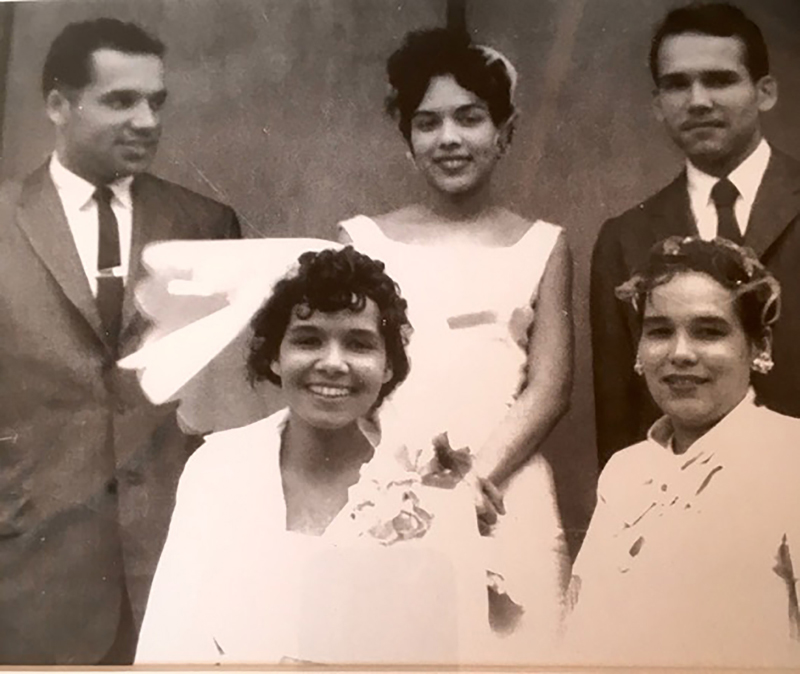
Gail Lukasik/Splash
Members of Alvera’s family
Continue Slideshow
-

Frames Per Second Podcast: Zendaya, Timothée Chalamet & More — Who’s The Future of Hollywood?
-

'Palm Royale' Exclusive: Amber Chardae Robinson On Playing Black Feminist In Series Set In 1969, 'Not Much Has Changed For Women'
-

Who Looked More Bangin'? The Best Dressed Looks From The 2024 NAACP Image Awards Red Carpet
-

Megan Thee Stallion Presents At Crunchyroll Anime Awards 2024, Stuns In Skintight Leather 'JoJo's Bizarre Adventure' Look
-

Checks Over Stripes? Kanye West Spotted In Nike At Milan Fashion Week
-
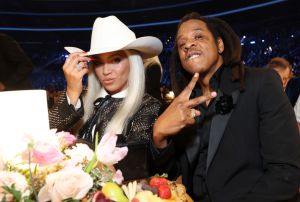
Texas Hold 'Em: 6 Times Beyoncé Reminded Us She's A Country Queen
-

Bad & Boujee: Our Hollywood Faves Dripped Decadently For The Academy Museum Gala
-

Balenci Bardi: Cardi B Makes Her Debut On The Catwalk For Balenciaga Fall '24 Show
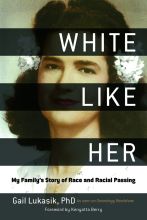
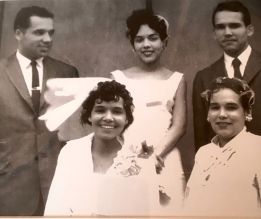
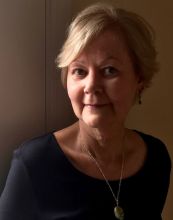
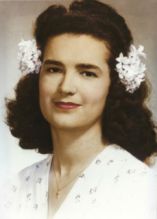
Comments
Bossip Comment Policy
Please read our Comment Policy before commenting.